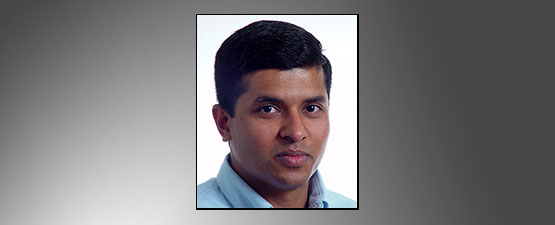Diffusion MRI has emerged as a key modality for imaging brain tissue microstructural features, yet, validation is necessary for accurate and useful biomarkers. Towards this end, we present the two-year ISBI 2019/2020 diffusion Mri whitE Matter rEcoNstrucTiOn (MEMENTO) challenge. The first year is dedicated to designing the challenge, building the appropriate dataset(s), and making it available to the community. The challenge and participant submissions will take place in the second year, with the aim to evaluate and advance the state of the microstructural modeling field.



